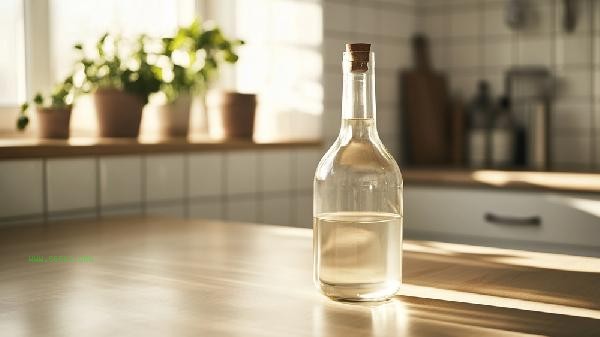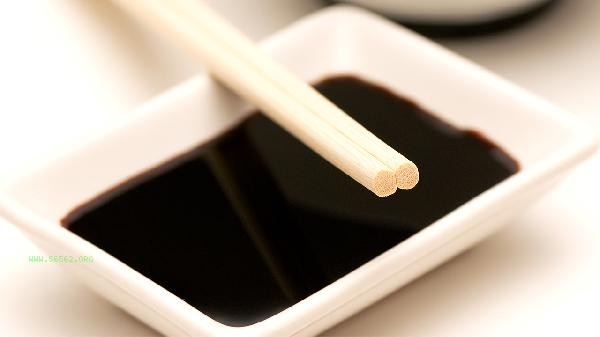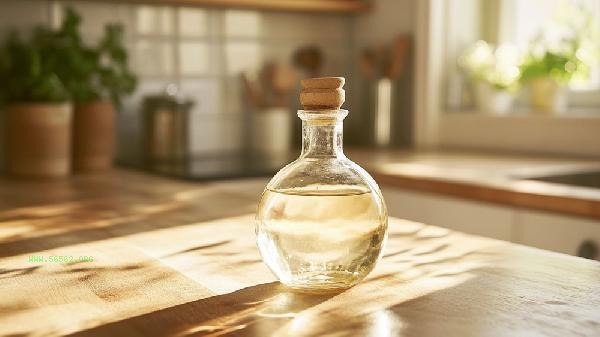Iron pots can be cleaned with white vinegar, but attention should be paid to the usage method and concentration ratio. The acidity of white vinegar helps dissolve oil stains and slight rust on the surface of iron pots, but high concentrations or prolonged soaking may damage the pot body.

During daily cleaning, white vinegar can be diluted with water in a ratio of 1:3, and a soft cloth can be dipped to wipe the surface of the pot, which can remove stains and avoid corrosion. When a new pot is boiling or heavily corroded, it can be boiled in white vinegar and soaked on low heat for 10 minutes, then lightly brushed with a brown brush. After that, it needs to be dried immediately and oiled for curing. The oil film on the surface of the cast iron pot is the key to rust prevention. If not cured in time after cleaning with white vinegar, it may accelerate oxidation.

Enamel cast iron pots or coated iron pots should avoid using white vinegar, as acidic substances may cause the enamel layer to peel off. The iron pot made by electrolytic polishing process should not come into contact with acidic cleaning agents to avoid damaging the surface treatment layer.

After cleaning the iron pot, it is necessary to thoroughly dry the water with kitchen paper, dry it on low to medium heat until it smokes, and apply a thin layer of cooking oil after it cools down. Avoid storing acidic foods overnight for daily use, and keep them ventilated and dry during storage. If stubborn rust spots appear, baking soda and white vinegar can be mixed into a paste for local treatment. If severe rust occurs, it needs to be reheated for maintenance. Regular maintenance with lard or vegetable oil can extend the service life of iron pots and form a natural rust proof layer.








Comments (0)
Leave a Comment
No comments yet
Be the first to share your thoughts!